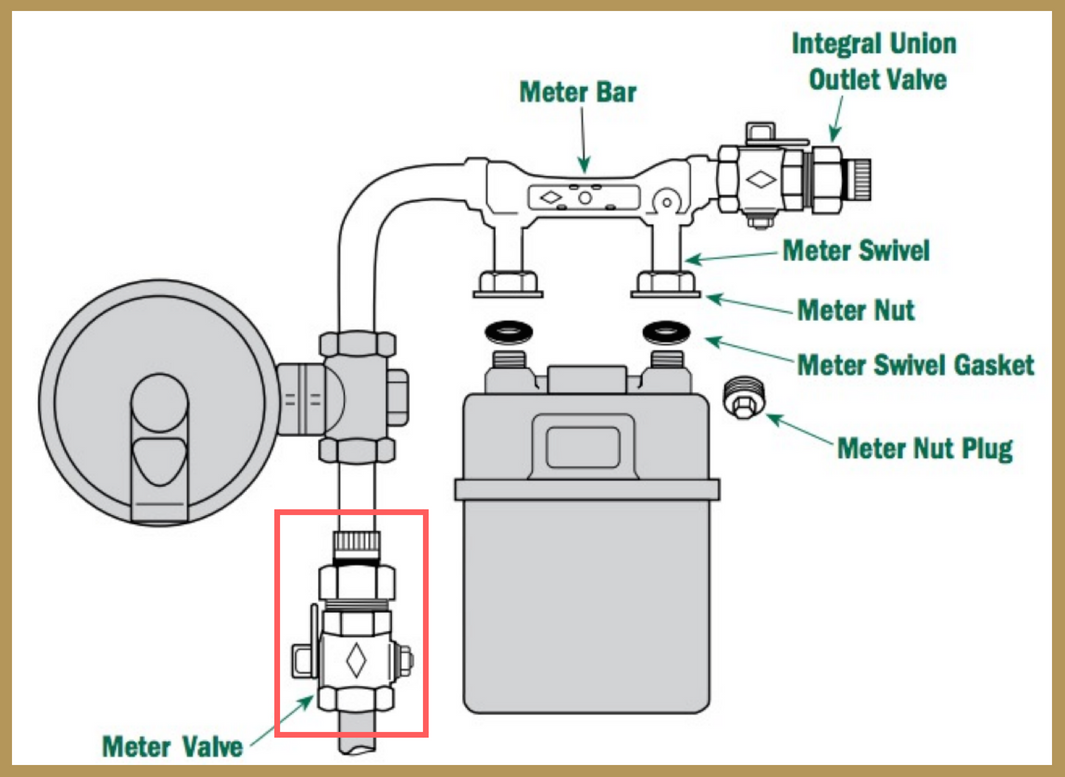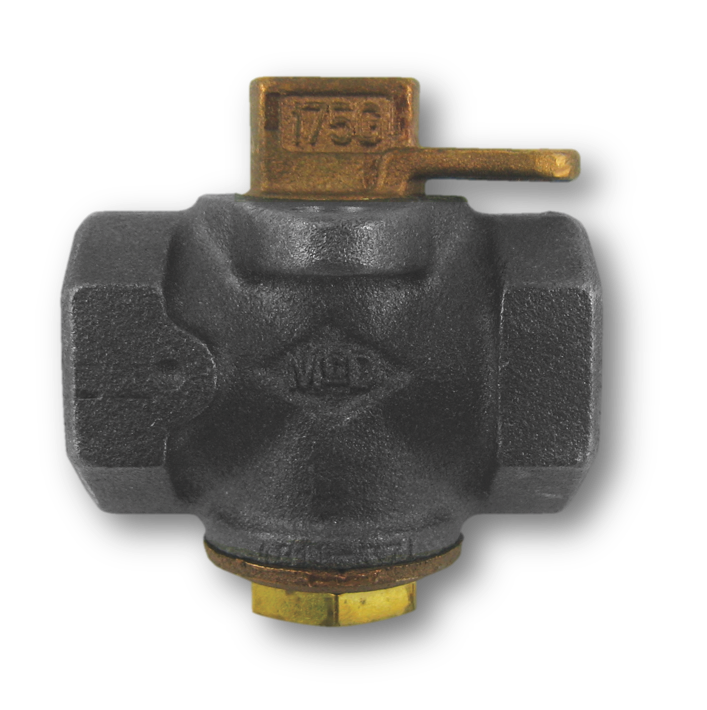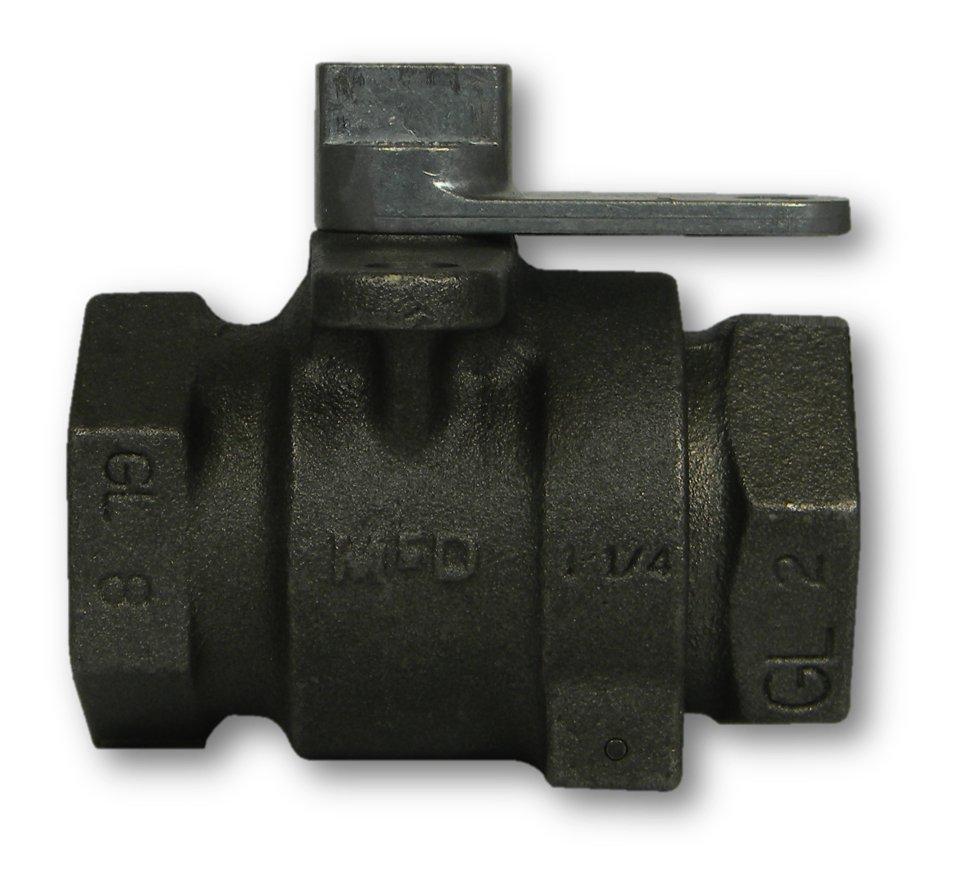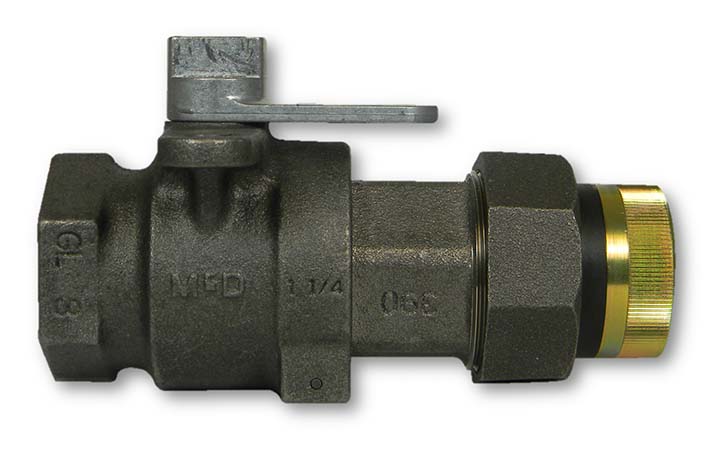The Standard Responsible for Even Safer Gas Valves

The Standard Responsible for Even Safer Gas Valves

The ASME B16.33 standard establishes performance requirements for manually operated metallic gas valves for use in gas piping systems for outdoor installation. Maintained by ASME B16 subcommittee L, this standard is commonly referenced by utilities in specification of product and covers pressures up to 175 PSI, sizes 1/2” through 2”, and temperatures of
-20°F through 150°F.
In order to understand the significance of the ASME B16.33 standard, it might be best to start with its history. Continue reading for a timeline on how and why this standard came into existence:
- On November 21, 1920, the B16 Standards Committee holds its first organization meeting under authorization of what is now the American National Standards Association (ANSI)
- In 1958, the American Gas Association (AGA) recognizes the need for standardization of gas shutoff valves and forms a task committee
- In 1968, the AGA committee becomes Subcommittee No. 13 of B16 standard under ANSI
- In 1973, final approval is granted by ANSI for B16.33, standardizing gas valves
- In 1982, the B16 Committee is recognized as the American Society of Mechanical Engineers (ASME) Committee, with accreditation from ANSI. August 21, 2012, ASME B13.33 becomes the latest revision of the standard.
The specifications within the ASME B16.33 standard help regulate the minimum capabilities, characteristics, and properties that a valve must possess at the time of manufacture in order to be considered suitable for use in gas piping systems. Such specifications include the construction, materials, design qualification, and production testing of the valve. Continue reading to learn a summary of requirements for each specification.

In order to be in compliance of the construction specification of the ASME B16.33 standard, the valve must be tamperproof, which means an inability to disassemble the valve without specialized tools. In addition, the operator must be able to identify whether the valve is on or off and the threads must comply with the application standard(s). Valves that require pressure lubrication should be capable of being lubricated while subjected to the pressure rating. Lastly, the marking on the body of the valve must contain the manufacturer’s name/trademark, pressure rating, and “T” to designate that it’s tamperproof (if applicable).
Materials
All metals must comply by the proper ASTM class, grade, alloy, and code standards while the lubricants/sealants much be compatible with natural gas, manufactured gas, and LP gases. Elastomers are subjected to air aging tests, swell tests, and compression set tests.
Design Qualification
Gas tightness tests must verify that the valve does not leak through in a closed position and does not leak to the atmosphere in the open position through the stem or joint leaks. In addition, these tests must be performed at room temperature (74°F +/- 15°F). The valve must also be operable at the temperature range of -20°F to 150°F and the tensile strength must be up to standard, as does the turning torque and flow. The valve must pass the bending moments test and the body must be able to withstand internal hydrostatic pressures of 600 PSI for a period of ten minutes without permanent deformation. Please note that the twist test-torque requirements vary by size.
Production Testing
The gas tightness test must be performed, allowing the valve to be tested to 1.5 times its pressure rating, according to the method of test for gas tightness. As previously mentioned, this can be done by testing the bending moments, tensile load, maximum turning torques, and minimum gas flows.
While effective and affordable, natural gas as an energy source is surrounded by many standards and regulations. In order to give the homeowner (and utility) peace of mind, A.Y. McDonald utilizes the ASME B16.33 standard in order to keep our gas valves up to code and ideal for the application at hand. To dig further into the standard’s requirements, view the current ASME B16.33 revision, fill out a contact form on aymcdonald.com, call our customer service department at 1-800-292-2737, or take the AYU course.

